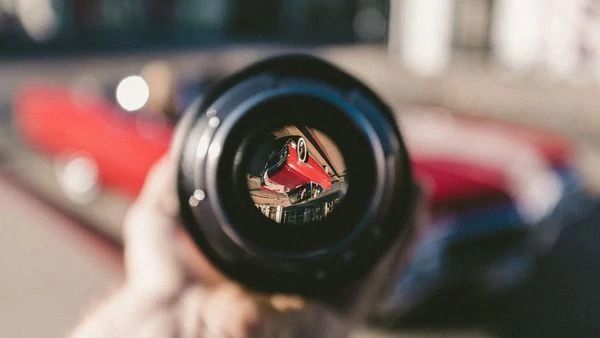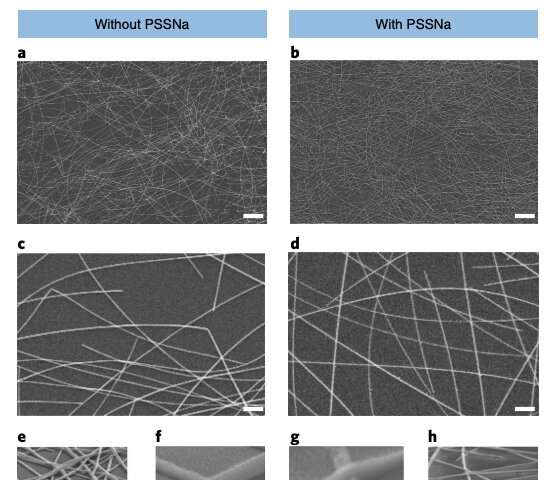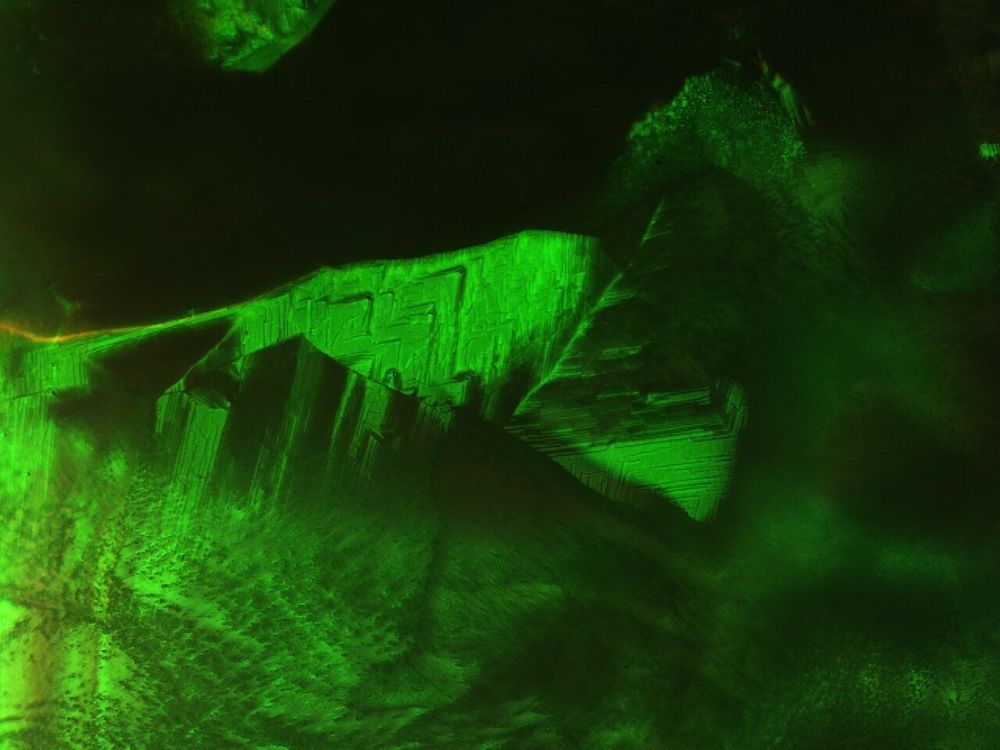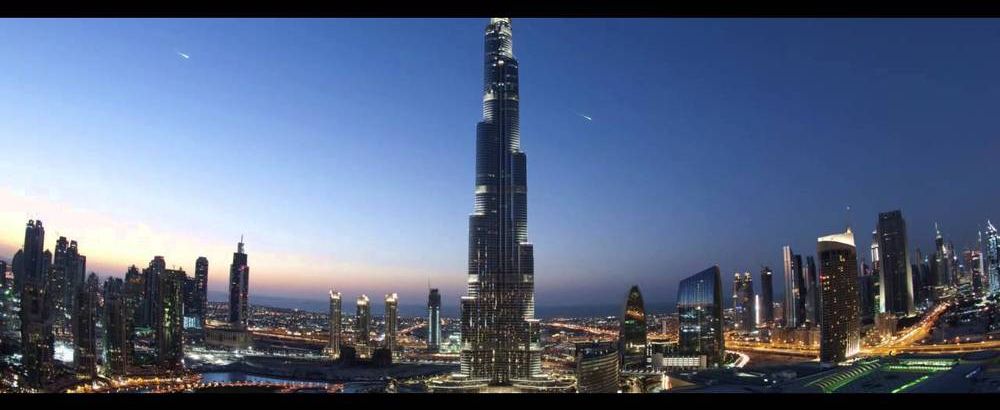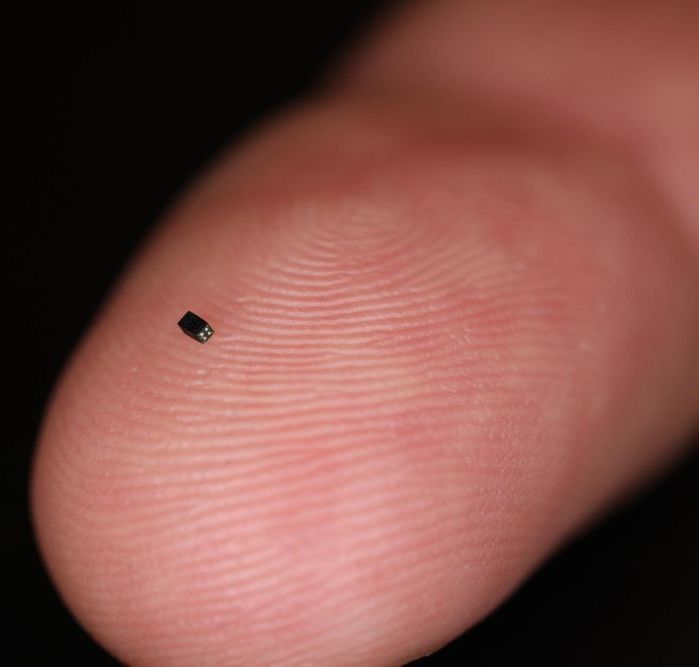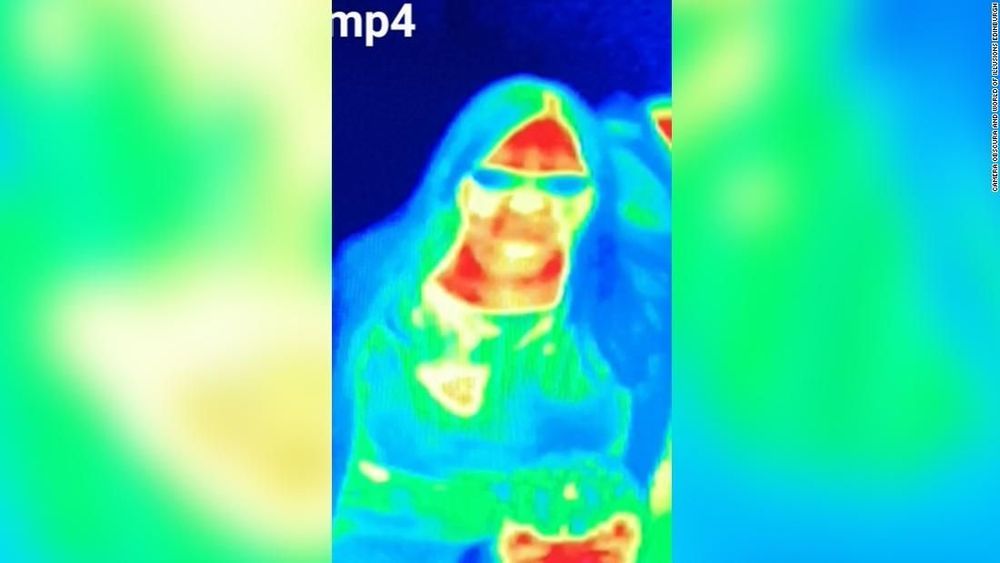A new technique to change the structure of liquid crystals could lead to the development of fast-responding liquid crystals suitable for next generation displays—3D, augmented and virtual reality—and advanced photonic applications such as mirrorless lasers, bio-sensors and fast/slow light generation, according to an international team of researchers from Penn State, the Air Force Research Laboratory and the National Sun Yat-sen University, Taiwan.
“The liquid crystals we are working with are called blue-phase liquid crystals,” said Iam Choon Khoo, the William E. Leonhard Professor of Electrical Engineering, who is the corresponding author for this article. “The most important thing about this research is the fundamental understanding of what happens when you apply a field, which has led to the development of Repetitively-Applied Field technique. We believe that this method is almost a universal template that can be used for reconfiguring many similar types of liquid crystals and soft matter.”
Blue-phase liquid crystals typically self-assemble into a cubic photonic-crystal structure. The researchers believed that by creating other structures they could develop properties not present in the current form. After nearly two years of experimentation, they realized that by applying an intermittent electrical field and allowing the system to relax between applications and to dissipate accumulated heat, they could slowly coax the crystals into stable and field-free orthorhombic and tetragonal structures.

